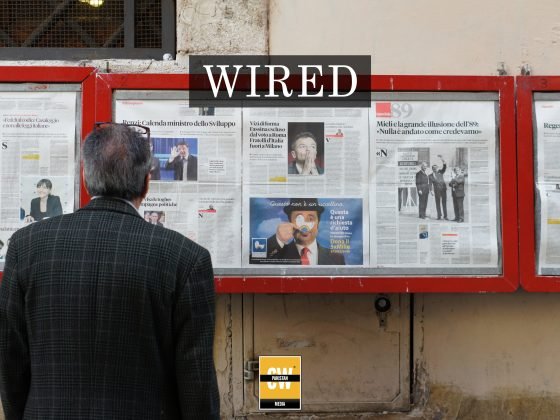Dubai’s Roads and Transport Authority has introduced a new intelligent traffic signal system that adapts to real-world conditions in real time. Named UTC-UX Fusion, the advanced platform leverages artificial intelligence and digital twin technology to enhance road traffic efficiency and responsiveness across the city’s intersections. Unlike traditional systems, UTC-UX Fusion relies on dynamic data processing to adjust signal timings based on ongoing vehicle movement, congestion levels, and predictive modeling. This helps reduce wait times, smoothen traffic flow, and improve mobility during peak hours.
A standout feature of the system is its use of digital twins, which are virtual replicas of physical road networks that allow authorities to simulate and test traffic scenarios before implementing them on actual roads. This simulation-driven approach enables proactive adjustments, rather than reactive ones, ensuring the system evolves as city patterns change. The AI-driven component continuously learns from past trends and current sensor data, enabling smarter decision-making and faster responses to traffic volume spikes, accidents, or other disruptions.
In addition to real-time optimization, UTC-UX Fusion supports priority-based vehicle management. This means it can automatically adjust signals to provide a clear path for emergency services or other high-priority vehicles, which enhances public safety and emergency response times. According to Dubai RTA, the system’s deployment is expected to reduce travel times on major roads by approximately 20% and significantly boost the efficiency of key intersections.
Initial deployments have taken place at major junctions such as the Al Wasl–Al Manara intersection, showcasing the system’s ability to adapt to dense urban areas with high vehicle turnover. These locations were selected for their strategic importance in daily traffic flow and their potential to reflect system-wide improvements once optimized.
The system forms part of Dubai’s wider mobility transformation strategy, aimed at integrating technology to support road safety, environmental sustainability, and user-centric urban design. By embedding AI and digital infrastructure into everyday urban systems, the city continues its push toward becoming a global model for smart urban living. RTA has also indicated plans to scale the system’s integration by connecting it with more citywide sensors, enabling continuous refinement of its algorithms and signal logic.
UTC-UX Fusion reflects the increasing role of predictive data analytics and AI in modern transportation planning. It not only optimizes operations in the present but also anticipates future challenges, creating a smarter traffic management ecosystem. The system marks a step forward in developing cities that respond intelligently to human behavior and transportation needs through technology.









